Hailstorms can cause significant damage to roofs, leaving homeowners with the difficult decision of whether to repair or replace their roof. Understanding the extent of hail damage and the factors to consider can help homeowners in Eastern Iowa and the Greater Des Moines area make an informed decision. This guide explores the impact of hail damage on roofs and provides guidance on whether to repair or replace.
Assessing Hail Damage
Visual Inspection Conduct a visual inspection of your roof after a hailstorm. Look for:
- Dents or Cracks: Check shingles for dents, cracks, or punctures caused by hail.
- Granule Loss: Inspect asphalt shingles for significant granule loss, which can expose the underlying materials to further damage.
- Damaged Flashing: Examine flashing around chimneys, vents, and skylights for signs of damage.
Interior Inspection Inspect the attic and interior ceilings for signs of water damage, such as stains or damp patches. Water damage inside the home can indicate roof leaks caused by hail damage.
Professional Inspection Consider hiring a professional roofing contractor to conduct a thorough inspection. Professionals have the expertise to identify subtle signs of damage that may not be visible to the untrained eye.
Factors to Consider
Extent of Damage The extent of hail damage is a critical factor in deciding whether to repair or replace the roof. Minor damage, such as a few cracked or missing shingles, can often be repaired. However, extensive damage may necessitate a full roof replacement.
Age of the Roof The age of the roof can influence the decision to repair or replace. An older roof with extensive damage may be more cost-effective to replace, while a relatively new roof may only require repairs.
Roofing Material Different roofing materials respond differently to hail damage. Asphalt shingles, for example, may suffer granule loss and cracks, while metal roofs may have dents. The type of roofing material can impact the decision to repair or replace.
Warranty Check the warranty on your roofing materials. Some warranties may cover hail damage, influencing the decision to repair or replace. Ensure that any repairs or replacements are performed by certified contractors to maintain the warranty.
Repairing Hail Damage
Shingle Replacement For minor hail damage, replacing individual damaged shingles can restore the roof’s integrity. Ensure that new shingles match the existing ones in color and texture.
Flashing Repair Damaged flashing can be repaired or replaced to prevent leaks. Use roofing cement or a similar sealant to secure new flashing and ensure a watertight seal.
Sealant Application Applying a high-quality roofing sealant to minor cracks or punctures can prevent water infiltration and further damage. Ensure that the sealant is compatible with your roofing material.
Replacing the Roof
When to Replace Consider replacing the roof if:
- Extensive Damage: The damage is widespread and affects a significant portion of the roof.
- Aging Roof: The roof is nearing the end of its lifespan, making replacement a more cost-effective option.
- Frequent Repairs: The roof has required frequent repairs in the past, indicating that a replacement may be more reliable.
Choosing New Materials When replacing the roof, consider upgrading to impact-resistant materials that can better withstand future hailstorms. Consult with a roofing professional to choose materials that meet your needs and budget.
Professional Installation Ensure that the new roof is installed by a professional roofing contractor. Proper installation is crucial for the roof’s performance and longevity, and can help prevent future hail damage.
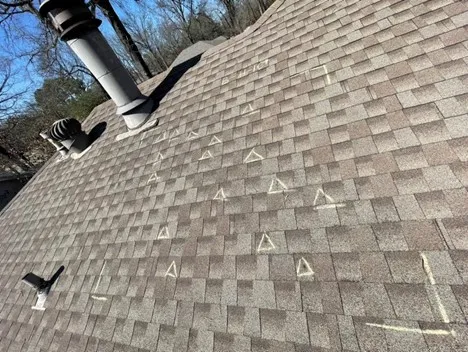
Preventative Measures
Impact-Resistant Shingles Invest in impact-resistant shingles that are designed to withstand hail damage. These shingles can provide better protection and reduce the likelihood of future repairs.
Regular Inspections Conduct regular roof inspections to identify and address minor issues before they escalate. Regular maintenance can help extend the lifespan of your roof and prevent costly damage.
Gutter Maintenance Keep gutters clean and free of debris to ensure proper water drainage. Clogged gutters can cause water backup and damage the roof, especially after hailstorms.
Deciding whether to repair or replace a roof after hail damage requires careful consideration of the extent of the damage, the age of the roof, and the type of roofing material. Homeowners in Eastern Iowa and the Greater Des Moines area should conduct thorough inspections and consult with professional roofing contractors to make an informed decision. For expert roofing services and advice, visit Robison Construction and Roofing.
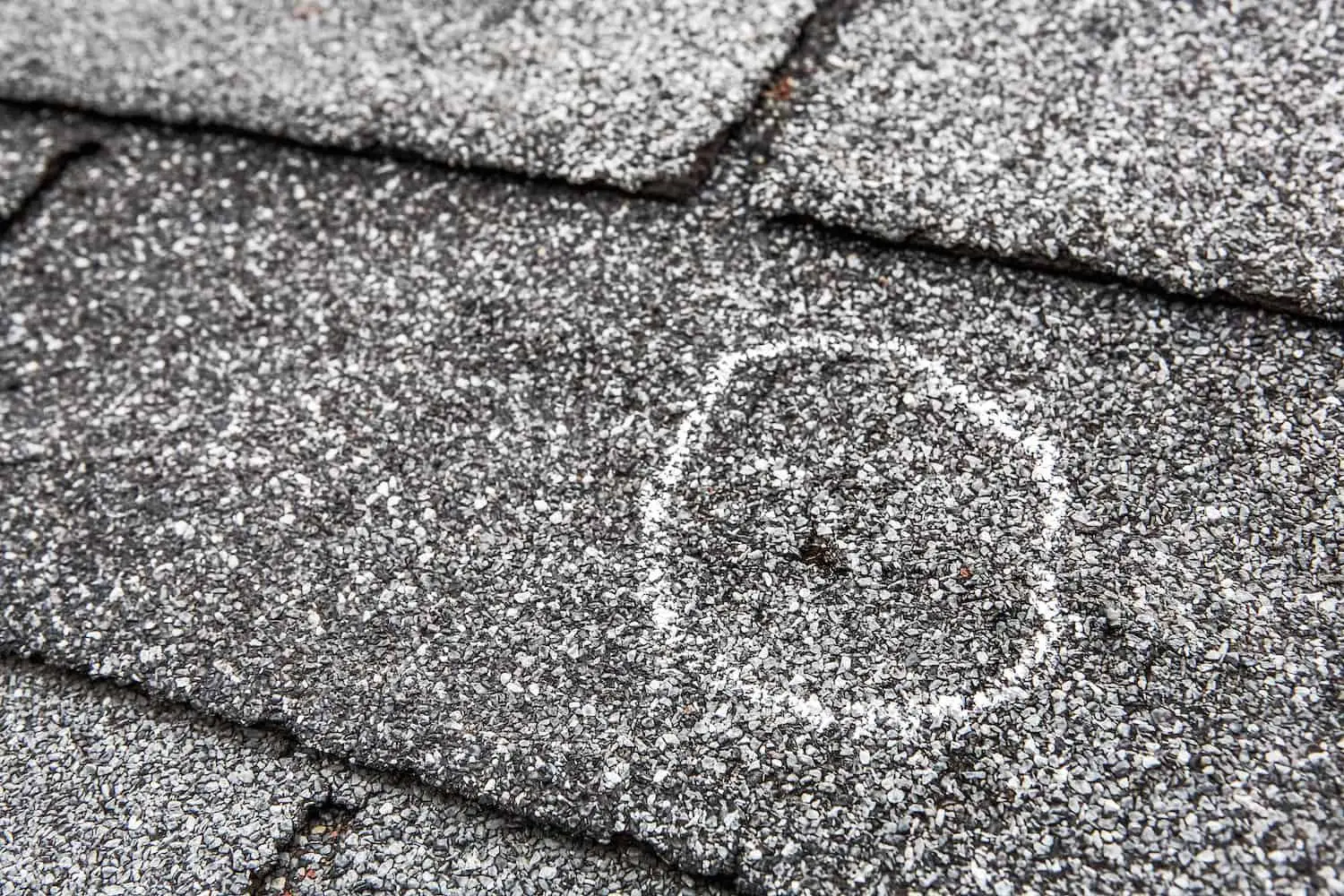
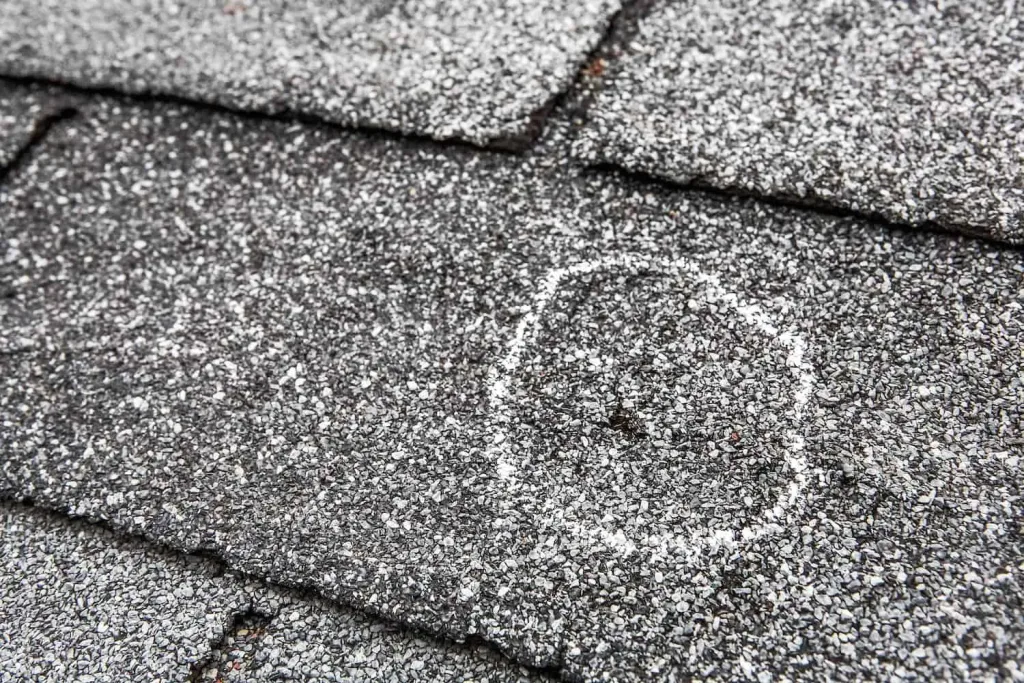
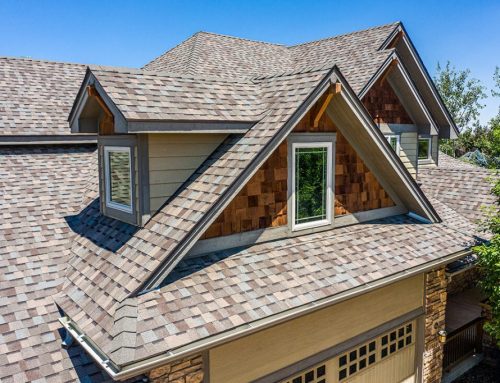
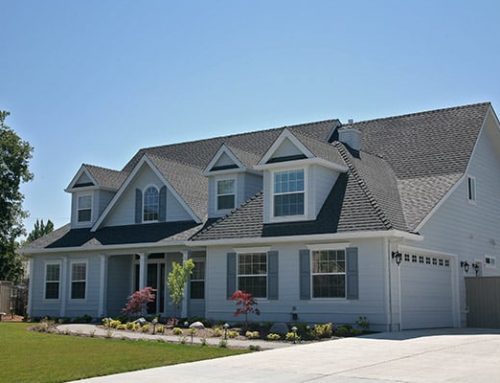
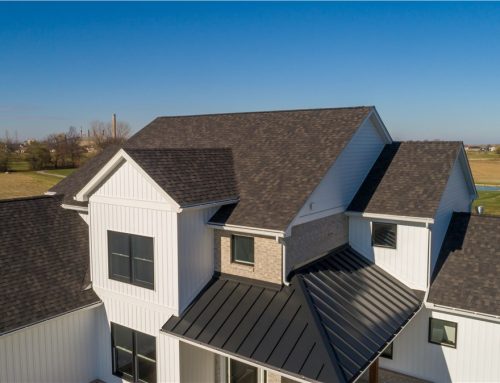
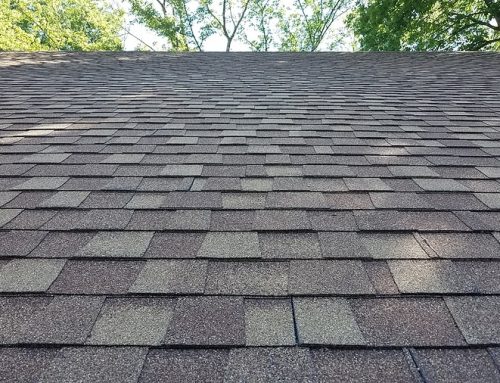
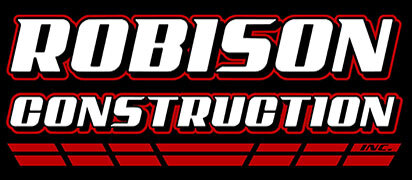
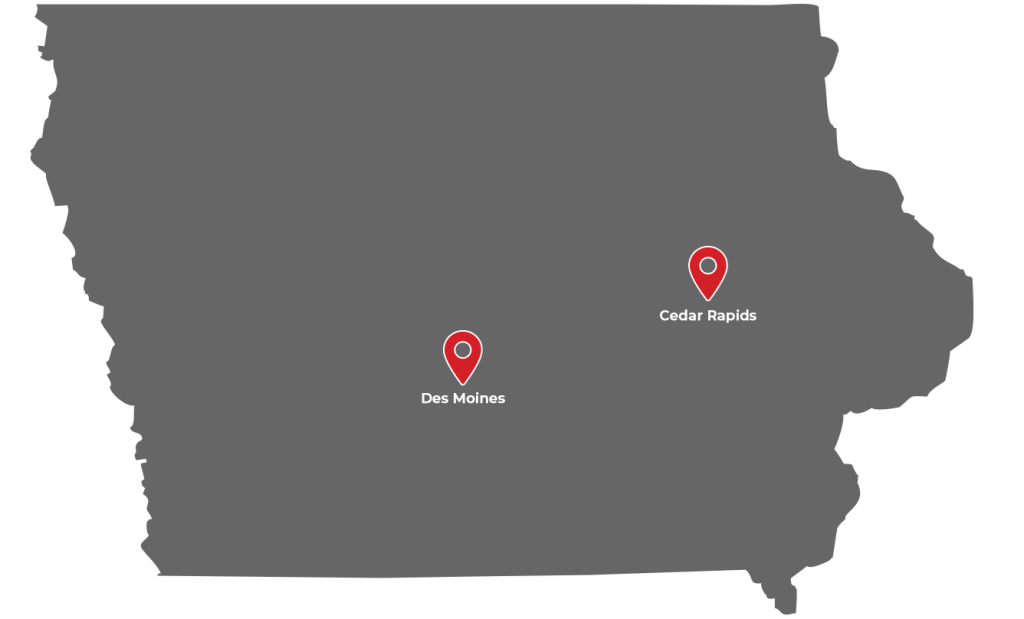
Leave A Comment